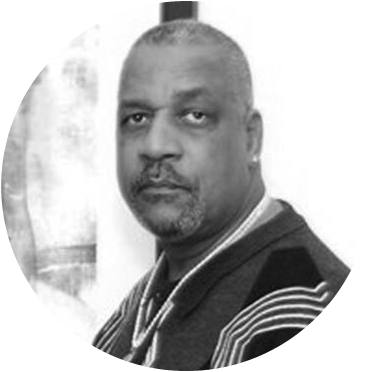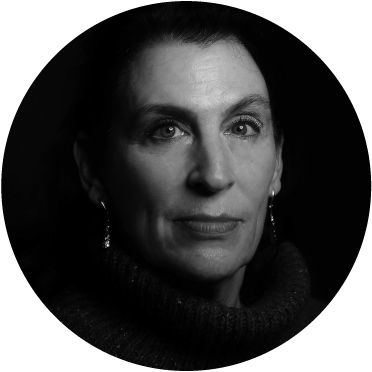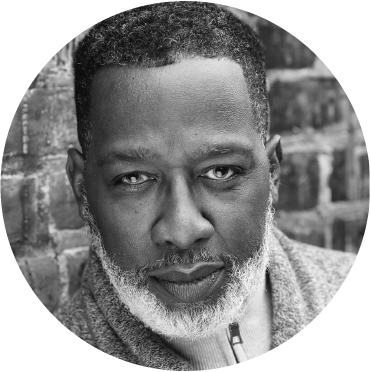I Was Here
I Was Here is a public art project that features images of contemporary African American men, women, and children recreated as Ancestor Spirit Portraits. A series of installations of these iconic Portraits become ‘on the street’ museums designed to educate, unify communities while creating guardians and memorials in public space to those who were enslaved. Through the use of latitude and longitude, the project references locations central to the long life of the transatlantic Middle Passage slave trade. Through partnerships with historians, iconic Ancestor Spirits are installed into historic locations across the country whose significance may not be known. These portraits, acting as a tribute to enslaved persons, are installed on roman blinds in windows of businesses at key sites. The mission of the project is twofold—to create a visual testament of those who were sold into slavery and to instill a deeper understanding of our common humanity and create a means to “see the world with different eyes.” Each installation is accompanied by an opening Sanctification ceremony that brings community voice, song and spoken word to the public’s experience. We believe that the spirit of the past can be redeemed and our future, as humanity, more richly nurtured.




